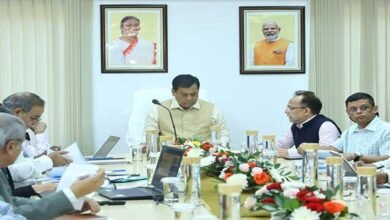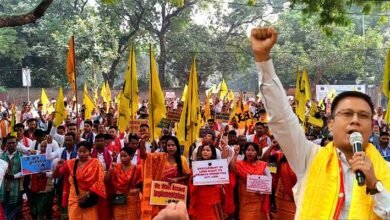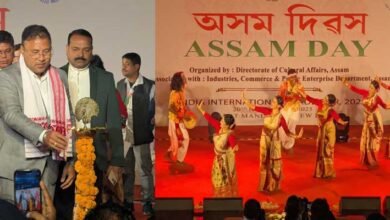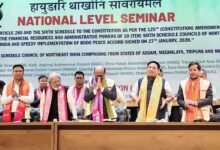Assam: Raimona National Park will fulfill the UN vision of Ecosystem Restoration- Minister E&F
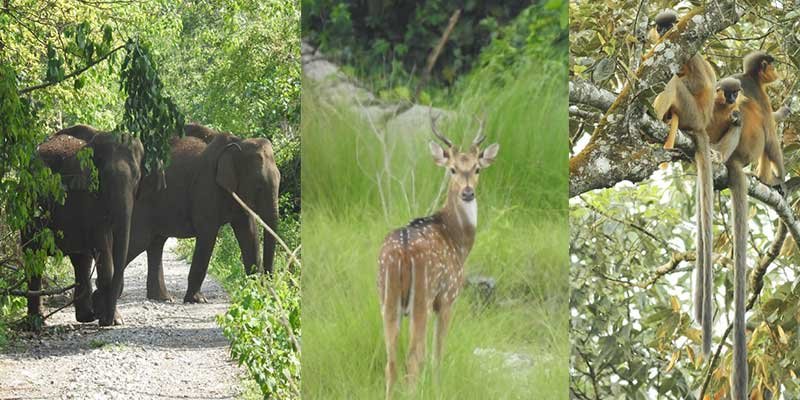
GUWAHATI- The declaration of Raimona National Park by the Chief Minister, Assam, Dr Himanta Biswa Sarma on the occasion of World Environment Day, 5 June 2021 shall fulfill the UN vision of Ecosystem Restoration, a step towards the Greater Manas vision. The newly created park will also help in fulfilling recommendations of the UNESCO World Heritage Site committee to consider extension of the Manas World Heritage site property in three stages, said Minister for Environment and Forest, Parimal Suklabaidya here on Wednesday.
The minster said ‘Raimona National Park’ covering 422 km² is situated in Gossaigaon subdivision of Kokrajhar district and will be administered by Kachugaon Forest Division of BTC, Assam. The area was one of the oldest Reserved Forest (RF) of the state with a history of one of the finest scientific management during the late 19th century. The historical introduction of ‘Rides’ construction of ‘Tramway’ in 1901 was a feature of the modern forestry management practices at that point of time.
With Phipsoo Wildlife Sanctuary in Bhutan to it’s north, Buxa Tiger Reserve in West Bengal to it’s west and the first addition to Manas and Manas National Park to its east, Raimona lies in a 2300 sq km transboundary landscape which is essential for long ranging wildlife like elephants and tigers. The area is already a part of buffer of the Manas Tiger Reserve. With eleven different forest types and subtypes, the area is home to the Golden Langur, Elephant, Tiger, Clouded Leopard, Indian Gaur, Wild Buffalo, Spotted deer, hornbills, several species of orchids and has more than 150 species of butterflies, 170 species of birds besides 380 species of plants.
Conservation of this area shall provide water security to more than 20 lakh people downstream in Kokrajhar and Dhubri district and open the door of opportunities both at national and international level in promotion of community based tourism, focused wildlife management and ensure biodiversity for future generations.





